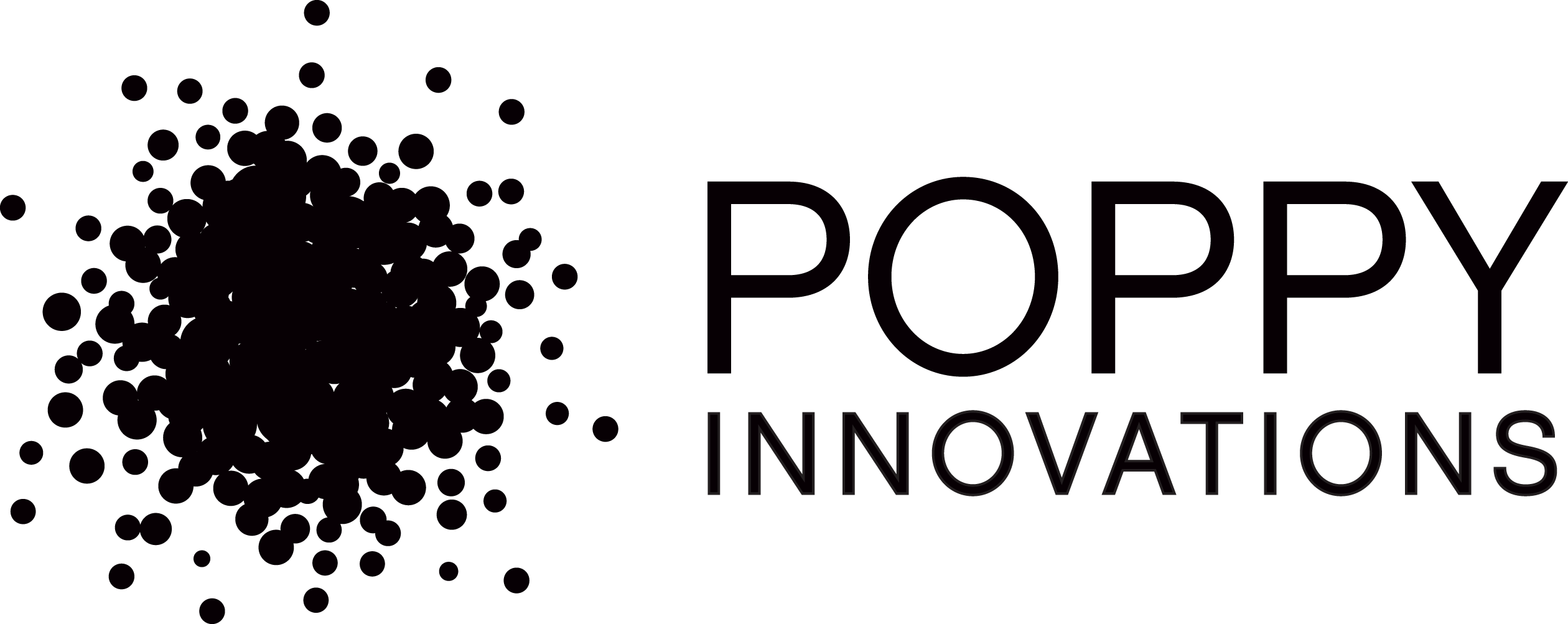Seed Harvesting
SEED HARVESTING
Harvesting seeds from your garden for planting in the future is a great idea for all kinds of reasons. It’s an economical, allows you to share (and trade!) with your friends and it keeps the gene pool of food plants alive and healthy.
Here are some very basic principles from West Coast Seeds
- Labeling & recording your harvest. Record the variety name, its origin, the date of harvest, and the date of storage. It’s also helpful to record everything else you can observe, like days to maturity, seeding dates, and yield.
- Cleaning, drying, & storing your seeds. Seeds come in all shapes and sizes, from manageable (spinach and cilantro) down to dust-like (lobelia and oregano). Cleaning foreign debris away from seeds is important. You’ll also need to dry the seeds thoroughly for storage in order to prevent mould and other decay from damaging them. Finally, store seeds through the winter in an organized fashion.
- Maintaining the purity of the variety in question. When you grow your seeds out in the years to come, you want them to maintain all of the desirable qualities of their parent plants. This requires some understanding of how pollination works, and what is required to prevent the genetic material of a similar plant “contaminating” your seeds and producing unpredictable results.
If you plan on saving seeds you should work with varieties that are open pollinated, as opposed to hybrid kinds. Hybrids seeds are produced by crossing the pollen of two different plant varieties to take advantage of the desirable characteristics of both parent plants. If you saved the seeds from a hybrid variety, the plants they would produce would be unpredictable. Saving seeds of open pollinated varieties keeps things relatively simple.
One of the best basic guides for seed savers is How to Save Your Own Seeds, published by Seeds of Diversity Canada. This 48-page handbook contains pretty much all the information needed to save vegetable and herb seeds from year to year.


Comments are closed.